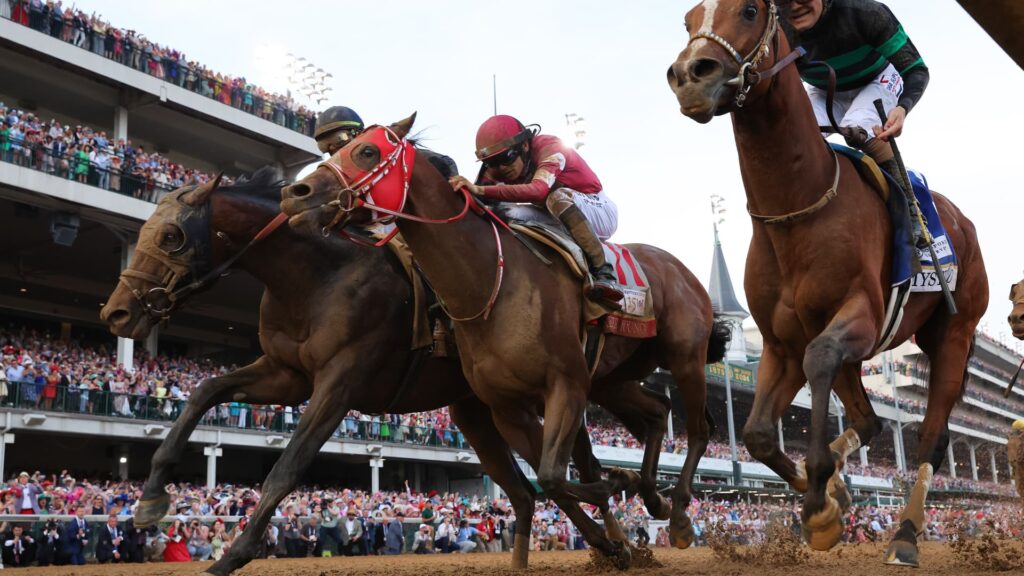
How horse owners invest and potentially earn millions
Horse Racing Investment: How Owners Build Wealth Through Thoroughbred Racing
Table of Contents
Introduction
As the 151st Kentucky Derby approaches with its impressive $5 million purse, including a $3.1 million prize for the winner, the world of horse racing continues to attract high-net-worth investors seeking both passion and profit. This comprehensive guide explores how savvy investors navigate the lucrative yet complex world of thoroughbred racing and ownership.
Key Investment Highlights
- Kentucky Derby winner’s purse: $3.1 million
- Total race purse: $5 million
- Potential stud fees: Up to $300,000 per breeding
- Average yearling price: $150,548 (2024)
Investment Landscape
The thoroughbred racing industry is witnessing a transformation as new investors, particularly successful entrepreneurs and hedge fund managers, enter the market. Steven Mason, a Bank of America senior vice president specializing in equestrian clients, notes that horses represent both a lifestyle choice and an investment opportunity for his high-net-worth clients.
Expert Insight
“Horses are a lifestyle,” explains Mason. “While some view them as investments, others see them as an extension of their identity. The key is understanding that returns are uncertain, but the experience is invaluable.”
Financing Strategies
Sophisticated investors employ strategic financing approaches to optimize their horse racing investments. Rather than liquidating assets and incurring capital gains taxes, many opt for specialized financing solutions.
| Financing Method | Key Features |
|---|---|
| Private Credit Lines | Secured by marketable securities, floating interest rates based on SOFR |
| Direct Purchase | Requires significant capital, may trigger tax implications |
| Syndicate Participation | Shared ownership, reduced individual investment requirement |
Financial Consideration
Banks typically don’t accept horses as collateral due to the inherent risks associated with living assets. Current financing rates are based on SOFR (averaging 4.35% over 30 days) plus a bank-determined spread.
Revenue Streams
Successful horse owners can generate income through multiple channels, with breeding rights often proving more lucrative than race winnings. The market shows robust demand, particularly in the high-end segment.
Revenue Opportunities
- Race purses and winnings
- Stud fees (up to $300,000 per breeding)
- Breeding to 30-40 mares per season
- Yearling sales (average $150,548 in 2024)
- Premium thoroughbred auctions
Long-term Considerations
Horse ownership requires careful long-term planning, considering both the opportunities and responsibilities. Annual maintenance costs can reach $60,000 per thoroughbred, with horses typically living 25-30 years.
Strategic Planning Tips
- Establish trusts for long-term horse care
- Consider insurance coverage
- Plan for ongoing maintenance costs
- Develop exit strategies
Market Trends
The thoroughbred market remains strong, with Keeneland’s September yearling sale reaching a record $428 million in 2024. The increasing popularity of horse racing syndicates has contributed to market growth, making ownership more accessible to a broader range of investors.






